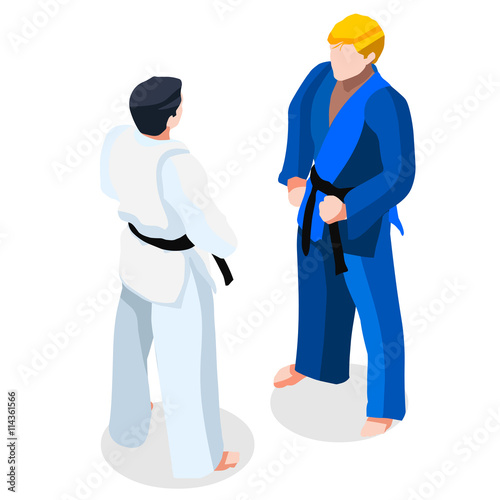Key Differences In Between Typical Martial Arts And Modern Fight Sports: An Extensive Evaluation
Key Differences In Between Typical Martial Arts And Modern Fight Sports: An Extensive Evaluation
Blog Article
Material Produce By-Thuesen Burch
When you consider martial arts, do you lean more toward the typical practices or the modern battle sporting activities? Each path offers distinct advantages and experiences, formed by their philosophies and training methods. Typical martial arts emphasize individual growth and discipline, while modern-day fight sporting activities focus on competitors and performance. Recognizing these differences can direct you in selecting the best strategy for your trip. Yet how do these differences show up in training and philosophy?
The Philosophy and History Behind Traditional Martial arts
While many individuals connect martial arts with physical fight, the approach and history behind conventional martial arts run much deeper. You'll locate that these disciplines stress individual growth, discipline, and respect.
Stemming from ancient methods, typical martial arts were typically established for Self-Defense and spiritual development. They symbolize principles such as balance, harmony, and self-control, assisting specialists past simple combating abilities.
As you educate, you'll not just discover methods but additionally acquire insights right into the society and worths that shaped these arts. The rituals and practices, frequently passed down with generations, foster a feeling of community and belonging.
The Affordable Nature of Modern Fight Sports
Modern battle sports have changed the landscape of martial arts right into a highly affordable arena, where professional athletes take on in a test of ability, method, and endurance.
You'll observe that competitions are typically organized with strict policies and policies, ensuring fair play and security. These events draw in huge audiences, sustaining the exhilaration and intensity of competitions.
discover here train carefully, not just for physical prowess but also for psychological toughness, recognizing that every information counts in the ring. https://www.gonzagabulletin.com/arts_and_entertainment/krav-maga-spokane-instructs-new-ways-to-practice-self-defense/article_1a07b7be-8987-11ec-9c8b-fbaa3b510d50.html during competitors is palpable, as fighters press their limitations to assert victory.
Followers value the athleticism and artistry entailed, making modern fight sports a thrilling spectacle that continues to advance and astound fanatics around the globe.
Training Approaches and Strategies: A Comparative Evaluation
The affordable environment of contemporary battle sports demands ingenious training techniques that differ considerably from conventional martial arts.
In modern-day training, you'll concentrate on particular strategies, competing, and conditioning, commonly using drills that simulate real fight circumstances. You'll see a focus on quantifiable efficiency and frequent competition to evaluate your skills.
On the other hand, traditional martial arts prioritize types, katas, and thoughtful teachings, typically stressing self-control and respect over competition.
Training is usually less extreme and may entail repeated technique rather than real-time sparring.
While both approaches develop skill and fitness, modern battle sporting activities supply a much more dynamic and versatile training setting, preparing you for prompt obstacles in the ring or cage.
Pick the path that straightens with your goals and interests.
Verdict
In picking between typical martial arts and modern-day battle sports, it really comes down to what you value a lot of. If you're seeking personal growth, discipline, and a feeling of community, conventional arts might be your best fit. Yet if you prosper on competition and real-time obstacles, contemporary battle sporting activities could be the way to go. Inevitably, both paths supply one-of-a-kind benefits, so it's everything about straightening your training with your individual objectives and interests.
